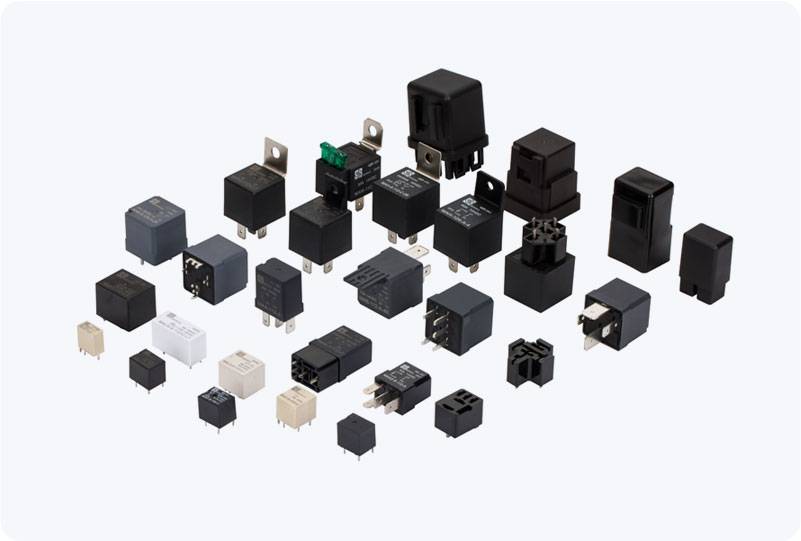Electromechanical relays (EMRs) have been integral components in electrical and electronic systems for decades. Despite the rise of solid-state technologies, the electromechanical relay continues to play a crucial role in various applications due to its simplicity, reliability, and versatility. From household appliances to complex industrial automation systems, relays are pivotal in enabling electrical circuits to operate efficiently and safely. This article aims to provide a comprehensive overview of the electromechanical relay, exploring its working principles, features, and wide-ranging applications.

What is an Electromechanical Relay? An electromechanical relay is a type of switch that uses an electromagnetic coil to control the opening or closing of a set of contacts. These contacts are typically used to control high-voltage or high-current circuits using a low-voltage or low-current signal. The relay consists of several key components, including an electromagnet (coil), a movable armature (or plunger), and one or more contacts that switch between an open or closed state depending on the relay’s operation. When a current flows through the electromagnet, it creates a magnetic field that attracts the armature. This movement shifts the contacts, causing the relay to either complete or interrupt an electrical circuit. When the current through the coil is turned off, a spring mechanism returns the armature to its original position, restoring the state of the contacts.